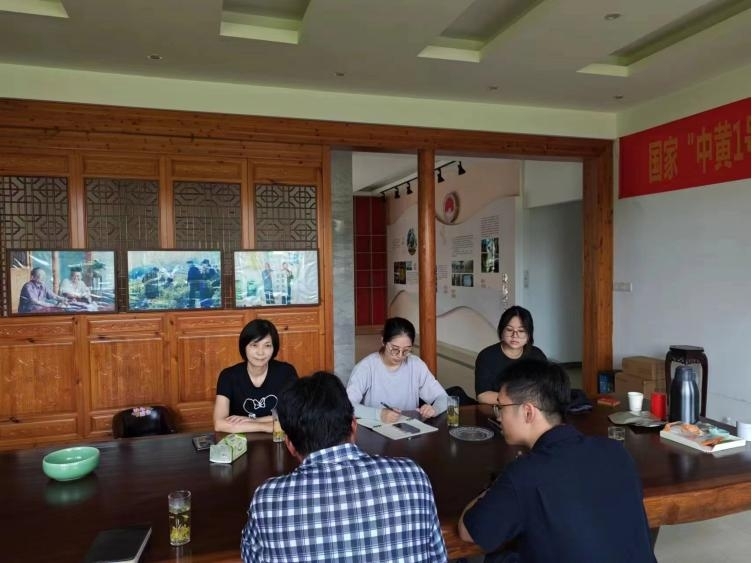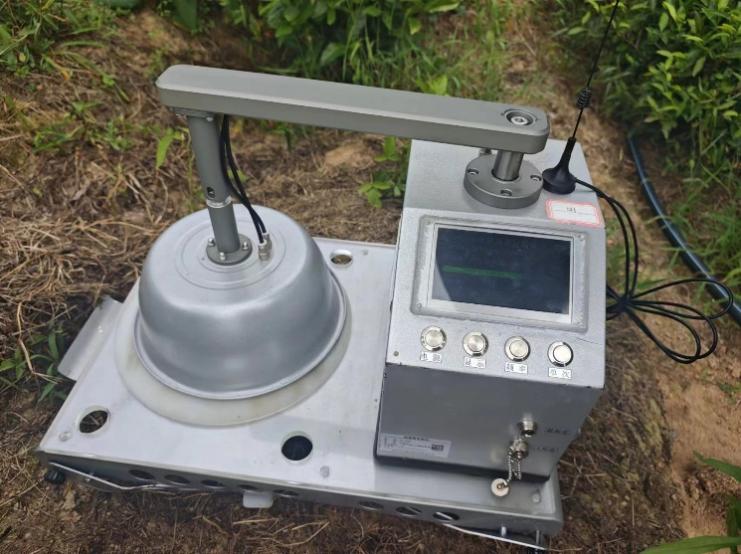Tiantai Yellow Tea has a "carbon label", and carbon emission information is clear at a glance
The rare tea tree variety Huangcha, its original parent tree was found in Tiantai County, Zhejiang Province. "Tiantai Yellow Tea"("Zhonghuang No. 1") has now been promoted and developed nearly 10,000 acres in the county, forming a yellow tea characteristic industrial belt centered on street towns. It has been selected into the 2022 Zhejiang Province Rural Revitalization Comprehensive Pilot Project, becoming a model for the integration of three industries and common prosperity. Recently, the development of carbon footprint carbon labels around yellow tea is progressing smoothly, which will promote the green and high-quality development of the yellow tea industry in street towns.
Yellow tea is one of the specialty teas in Zhejiang Province. It has been certified by national geographical indications and is known as the "gold in tea." As the pace of development accelerates, how can Tiantai County empower yellow tea and express the green and low-carbon characteristics of yellow tea planting, operation and processing? Street towns have launched the exploration of "carbon footprint" and "carbon labeling".
"Carbon footprint" is a measure of the total amount of carbon dioxide and other greenhouse gases emitted throughout the life cycle of a product or service. It is the most important evaluation indicator in the field of carbon emissions at present; while "carbon label" is a digital symbol of a product's carbon footprint. Through carbon footprint and carbon labeling, independent carbon reduction effects such as reducing and increasing efficiency of medicine and fertilizer, preventing and controlling green organisms, and replacing compound fertilizers with organic fertilizers in tea garden operations can be fully reflected.
The lower the carbon footprint of agricultural products, the higher the safety and the smaller the impact on the environment; at the same time, this can also help tea gardens further find opportunities to reduce carbon emissions in planting, operation and processing, and improve the safety and competitiveness of agricultural products.
To this end, Jiedou Town entrusted the team of Professor Zhou Guomo from Zhejiang A & F University and the Key Laboratory of Carbon Fixation and Emission Reduction of Forest Ecosystem in Zhejiang Province to carry out the development of yellow tea carbon footprint carbon labels.
Team members went to Zhejiang Tiantai Jiuzhe Tea Industry Co., Ltd., Zhejiang Province Major Agricultural Technology Collaborative Promotion Plan Demonstration Base, the National "Zhonghuang No. 1" Tea Industry Standardization Demonstration Zone and other places to conduct on-site surveys to comprehensively test and calculate the carbon emissions and carbon reserves of yellow tea throughout its life cycle, including the total amount of carbon dioxide and other greenhouse gases accumulated in tea garden operation, tea processing, warehousing and distribution, consumption and disposal, and measure the contribution of tea tree carbon absorption. Form a carbon footprint of yellow tea.

Key laboratory team members went to street towns in Tiantai County for construction guidance
On this basis, combined with the characteristics of Tiantai yellow tea, a yellow tea carbon label was designed, and a QR code digital passport was used to present carbon footprint reports and visualization in six aspects: company and product introduction, evaluation methods, accounting results, certification certificates, and traceability videos. Content to comprehensively display the information on carbon emissions and carbon absorption throughout the life cycle of yellow tea.

Team members of key laboratories measure carbon emission-related data on site
At present, Tiantai Yellow Tea has entered the "carbon" stage. In the future, the carbon emissions and carbon absorption of yellow tea during the entire life cycle will be visually displayed by adding carbon labels and QR codes on product packaging, so that consumers can deeply understand the impact of yellow tea on the environment and popularize low-carbon knowledge, guide the public to low-carbon consumption and assume social responsibilities; at the same time, it will also encourage local tea farmers and enterprises to adopt more low-carbon and environmentally friendly production methods, promote the green and high-quality development of the yellow tea industry in street towns, and achieve agricultural ecological co-prosperity.







